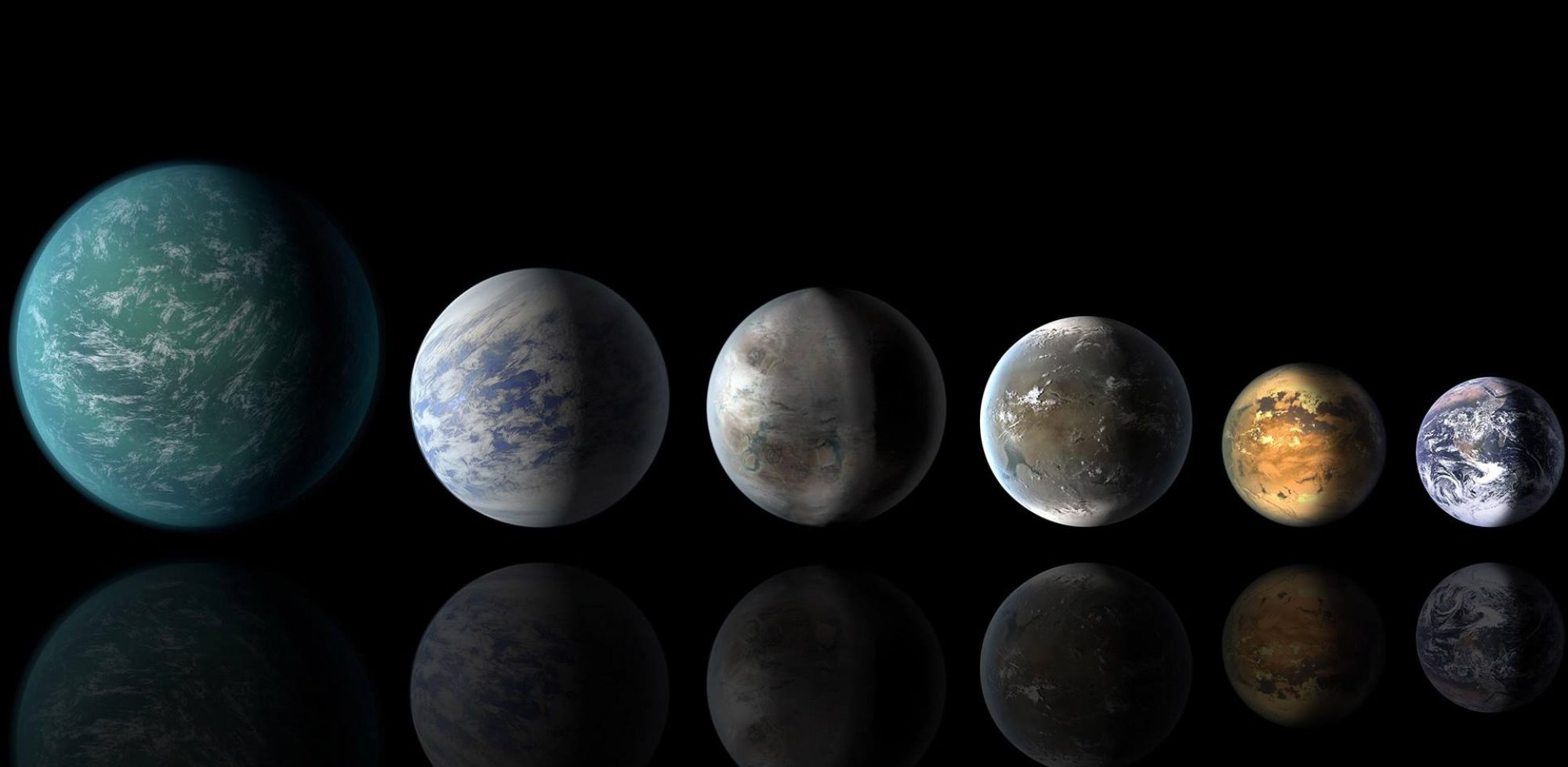Substantial, sun-like stars are not supposed to dim. They start with gravity and pressure induced nuclear reactions, and then they burn brighter and brighter until they either explode (go supernova) or burn all their fuel and become small, enormously dense, and not very bright "white dwarfs." Of course, the transit technique of searching for exoplanets …
Continue reading "The Ever More Puzzling, And Intriguing, "Tabby’s Star.""
